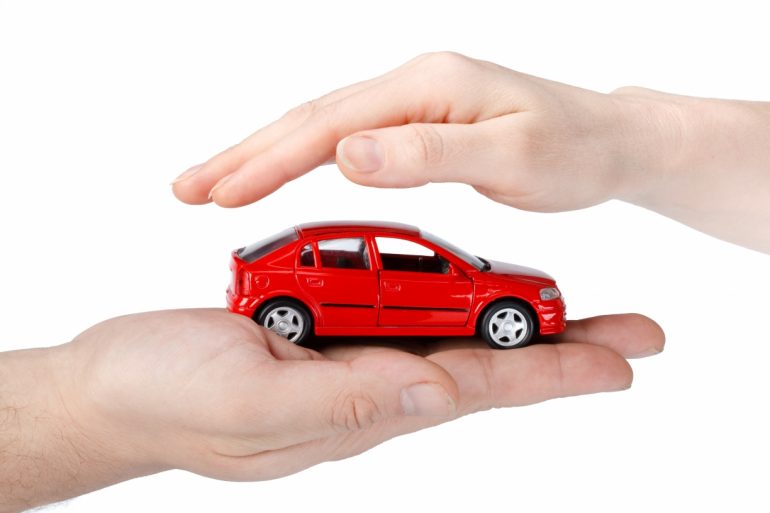Everyone needs to have a good understanding of automobile insurance. Keep reading to learn about comprehensive insurance coverage!
Comprehensive coverage
A comprehensive automotive insurance policy has several coverage categories. Below are some separate components that together comprise a comprehensive insurance policy.
1) Uninsured Motorist Property Damage Coverage
This insurance pays on the occasion that your property is damaged by an underinsured driver. It covers property, not people. That generally means your car, but can be good for other property, as well.
What should you get for Uninsured Motorist Property Damage Coverage? This depends on your specific situation. If you’re done paying for your car (ie no remaining loan balance) and not worth much, you probably won’t ever benefit from this coverage
2) Bodily Injury Liability Insurance Coverage
Bodily Injury Liability Coverage pays for injuries done to and funeral expenses for any people injured or who ended up dead in an accident for which you (or your car, if you were not driving it) when you are at fault.
How much Bodily Injury Insurance is appropriate to have? Donvancechryslerdodgejeepram.com explains that your state will mandate a certain amount of coverage you are required to have but it is important for us to point out that this is the minimum coverage. You may want more than the minimums, and here’s why: suppose you have coverage that covers a maximum of $20,000 and an accident happens between you and another driver and the other driver wins a $50,000 judgement against you. In this possible event, your insurance company would put down $20,000 and you would be liable for the rest of the damage. Bodily Injury Liability coverage will cover injuries to passengers inside of your vehicle if the accident is deemed to be the fault of your own. The exception is that the coverage does not cover you personally, or any of the drivers listed on your policy.
3) Collision Coverage
Collision Coverage covers damage to your vehicle if it crashes into another vehicle or object, and it covers you. This is not required by law, however, if you have a loan you’re trying to pay off on your vehicle, or if it’s leased, you will almost certainly have to possess this coverage.
How much Collision Coverage should you have? If you do not have a loan on your car and you own an older model, you might want to look at just getting coverage for it up to the blue book value. If the value of the car is low, consider skipping this coverage completely. That’s because if your vehicle were totaled (more damage done than the vehicle’s worth) the insurance company would pay for up to the blue book value of the car minus the deductible you owe the insurance.
4) Personal Injury Protection Coverage
Personal Injury Protection (PIP) Coverage, not available in each state, is another type of available coverage. Generally states that have no-fault automobile insurance laws don’t allow you to purchase PIP. In general, PIP coverage provides medical and/or funeral expenses for the driver or others in the vehicle that’s insured in the event of a collision. It also covers pedestrians that the insured vehicle hits.
Other coverage types & conclusions
Other types of coverage exist (towing, roadside assistance, etc.) that you can get with your automobile insurance as an added benefit to the above-mentioned categories. Ask your local insurance agent for assistance. Meanwhile, knowing as much about your car insurance policy as possible and having a good insurance agent to speak with will virtually eliminate the risk of using owning and driving an automobile. So, we have discussed the many components of an automobile insurance policy so that you can become a better educated consumer.
Article Courtesy of: Don Vance Chrysler
Image Source: Google Images

